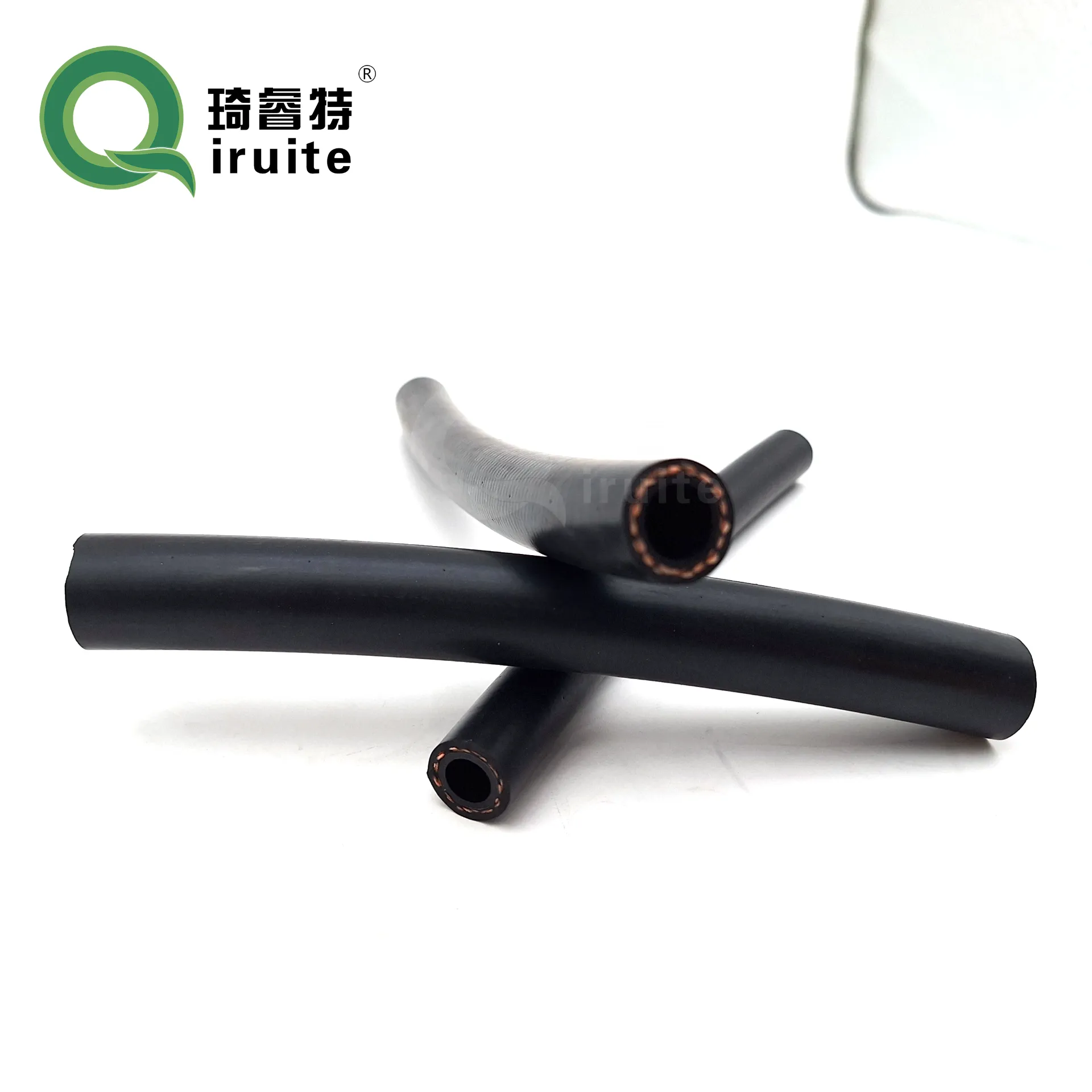Nissan Titan Power Steering Hose Replacement Guide for Smooth Driving Experience
Replacing the Power Steering Hose on a Nissan Titan A Comprehensive Guide
Power steering is an essential component of your Nissan Titan, providing the ease of maneuvering the vehicle, especially at lower speeds. Over time, due to wear and tear or damage from debris, the power steering hose can develop leaks or cracks, resulting in decreased steering performance and potential damage to other parts of the steering system. This article will guide you through the process of replacing the power steering hose on your Nissan Titan, ensuring that you can restore optimal handling and safety to your vehicle.
Understanding the Power Steering System
Before diving into the replacement process, it’s crucial to understand how the power steering system works in your Nissan Titan. The power steering system uses hydraulic fluid to assist with steering. The power steering hose is responsible for transporting this hydraulic fluid from the pump to the steering gear, enabling smoother turning and handling.
Signs of a Failing Power Steering Hose
Identifying a failing power steering hose is critical for maintaining your vehicle's performance. Here are common signs to look for
1. Fluid Leakage A noticeable puddle of red or clear fluid underneath your vehicle often indicates a leak in the power steering hose. 2. Hard Steering If you experience resistance when turning the steering wheel, it may signal that the power steering fluid is not reaching the steering gear due to a compromised hose. 3. Whining Noise A whining or groaning sound when turning the wheel can indicate low fluid levels caused by a leak in the hose. 4. Warning Light The power steering warning light may illuminate on your dashboard, alerting you to an issue within the system.
Tools and Materials Needed
Before starting the replacement, gather the following tools and materials
- New power steering hose (specific to your Nissan Titan model) - Socket set - Wrench - Screwdriver - Pliers - Fluid catch pan - Power steering fluid - Cleaning rag - Safety goggles and gloves
Step-by-Step Replacement Process
nissan titan power steering hose replacement

1. Preparation Park your Nissan Titan on a flat surface. Turn off the engine, engage the parking brake, and disconnect the battery to ensure safety.
2. Locate the Power Steering Hose Open the hood and locate the power steering pump, which is generally found at the front of the engine. Trace the hoses connected to it and identify the one that needs replacement.
3. Drain Power Steering Fluid Place a fluid catch pan beneath the power steering pump. Use a wrench to detach the hose from the pump and allow any remaining fluid to drain into the pan.
4. Remove the Old Hose Once the fluid is drained, use a wrench to unscrew the power steering hose from the steering gear. Depending on your Titan’s model, you may encounter clips or brackets that need to be removed with pliers.
5. Install the New Hose Position the new power steering hose by aligning it with the steering gear and the pump. Tighten the connections using a wrench, ensuring they are snug but not overtightened to avoid damaging the threads.
6. Reconnect Battery and Fill Fluid Reconnect the battery, then fill the power steering reservoir with new power steering fluid according to the specifications in your owner’s manual.
7. Bleed the System Start the engine and turn the steering wheel from lock to lock several times. This process helps eliminate air bubbles trapped in the system. Check the fluid level again and top off if necessary.
8. Test Drive After ensuring there are no leaks, take your Nissan Titan for a test drive. Pay attention to the steering feel; it should be smooth and responsive without any whining sounds.
9. Final Check After the test drive, inspect the hose connections for any signs of leakage. Make adjustments if needed.
Conclusion
Replacing the power steering hose on your Nissan Titan is a cost-effective way to maintain your vehicle's performance and safety. By following the steps outlined above, you can carry out this task with confidence and precision. Regular maintenance and timely repairs help extend the life of your vehicle and ensure a smooth driving experience for years to come. If at any point you feel uncomfortable with the process, don’t hesitate to consult a professional mechanic.
-
Ultimate Spiral Protection for Hoses & CablesNewsJun.26,2025
-
The Ultimate Quick-Connect Solutions for Every NeedNewsJun.26,2025
-
SAE J1401 Brake Hose: Reliable Choice for Safe BrakingNewsJun.26,2025
-
Reliable J2064 A/C Hoses for Real-World Cooling NeedsNewsJun.26,2025
-
Heavy-Duty Sewer Jetting Hoses Built to LastNewsJun.26,2025
-
Fix Power Steering Tube Leaks Fast – Durable & Affordable SolutionNewsJun.26,2025

